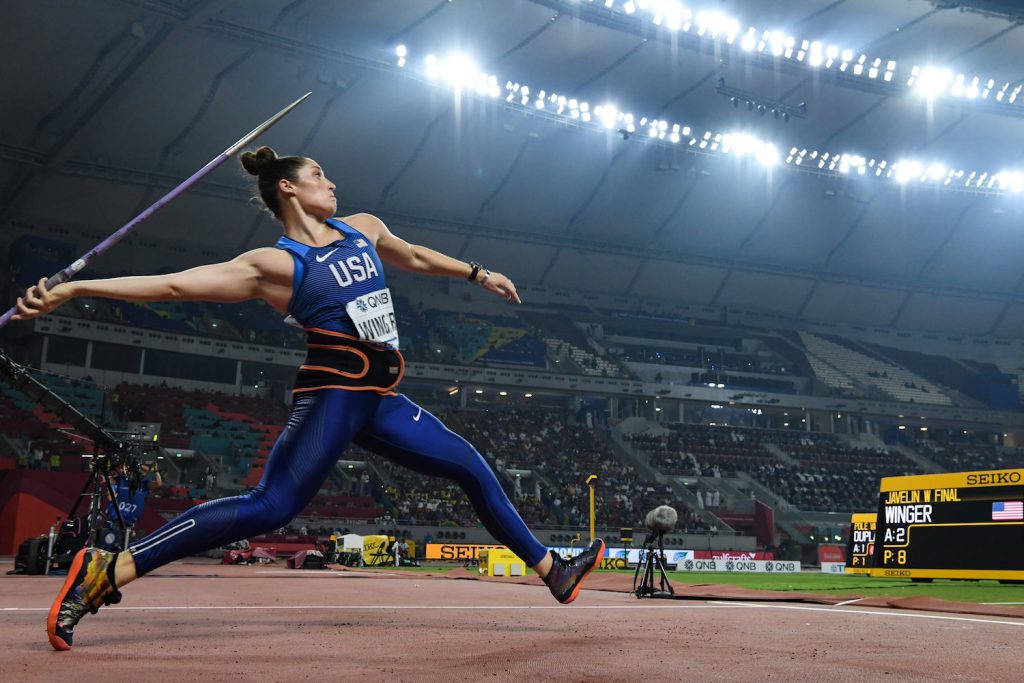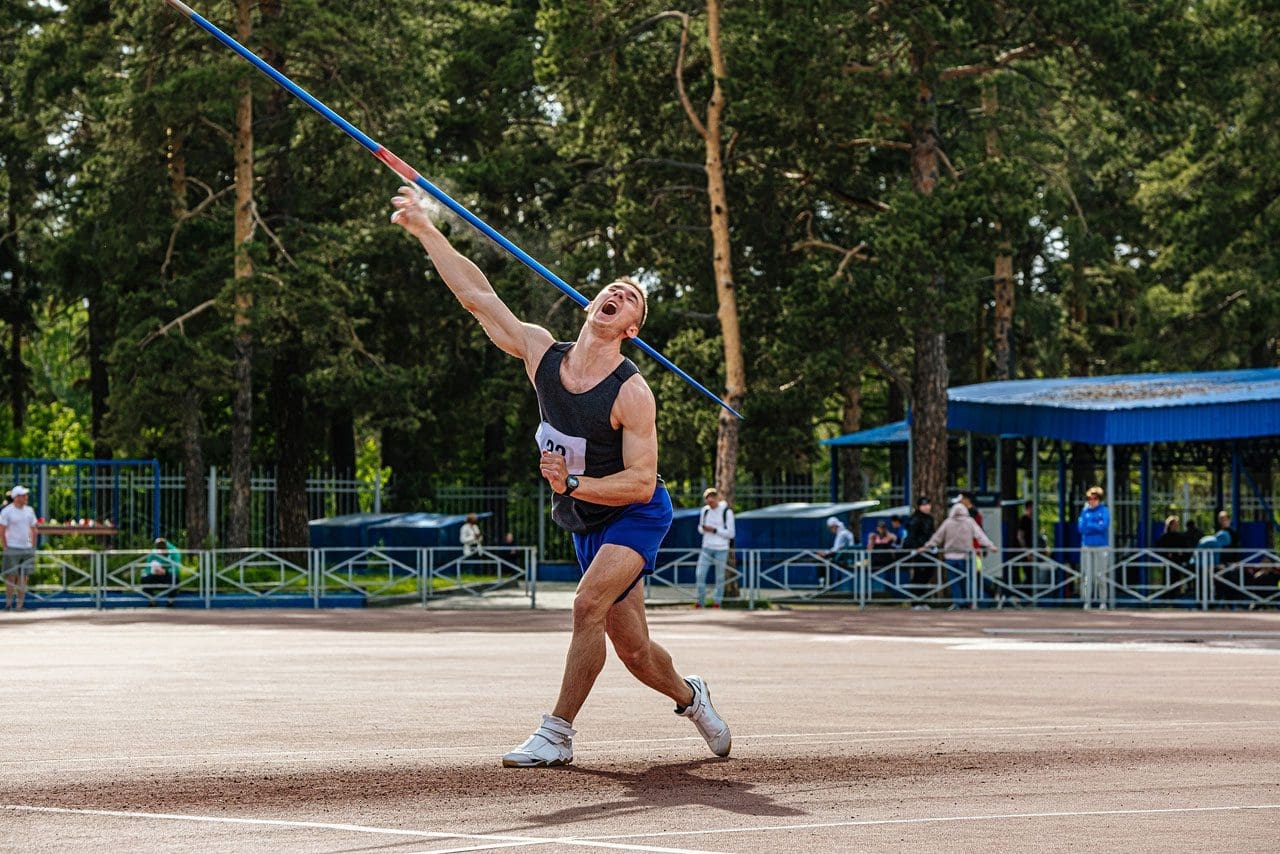The Definitive Guide to 4throws
The Definitive Guide to 4throws
Blog Article
9 Easy Facts About 4throws Shown
Table of ContentsExcitement About 4throwsNot known Factual Statements About 4throws The Best Guide To 4throwsSee This Report about 4throwsRumored Buzz on 4throws
If not, the young bottles might be more probable to have elbow and shoulder injuries. It prevails for a trainer to "get" a pitcher when the maximum number of pitches has actually been tossed or if the video game circumstance requires a modification. If the pitcher remains to play in that video game, he should be placed at shortstop or third base where long hard tosses are needed on an already exhausted arm.This combination causes also lots of tosses and enhances their danger of injury - Discuses. The safest place is relocating to second or 1st base where the throws are shorter and less tension is put on the arm. It is additionally crucial to understand the length of time to rest young pitchers in order to permit the most effective recovery in between trips
Pitchers must likewise ice their shoulders and elbows for 20 mins after throwing to advertise healing. Some gamers might play on greater than one team in a period. This warrants very close attention to proper remainder. Body and arm fatigue adjustment auto mechanics and bring about injury. When using multiple groups, consider pitching on just one and playing a field placement on the other (not catcher).
Anyone can throw a round "over-hand," but not every person can do it well. While throwing a sphere shows up easy, it is in fact a complex set of activities. Accurate throwing with force or rate requires the whole body and not just the shoulder and arm. Every part of the musculoskeletal system is literally entailed.
4throws Things To Know Before You Buy

(https://calendly.com/jamesmiller33101-proton/30min)The shoulder joint is included 3 bones, scapulae, clavicle and humerus. The head of the humerus hinges on the Glenoid fossa of the scapula where it articulates when the muscular tissues of the shoulder contract to move the arm. The head is held "versus" the glenoid surface using the 4 Rotator Cuff (RTC) muscular tissues, which act in unison and form a pressure couple when the arm is relocated.
The additional the shoulder can be on the surface turned while it is abducted, the greater the round can be thrown with pressure and speed, giving all other body components and motions remain in synch. If any type of facet of these auto mechanics is "off," an injury can occur to the shoulder or arm joint that can bring about the failure to toss a ball.
It is the beginning of the tossing activity, preparing the "body parts" for the act of tossing a round. Motion happens in the reduced extremities and upper body where the large bulk of "power" to toss a ball is produced.
The Single Strategy To Use For 4throws
This shoulder position places the anterior upper quadrant musculature on a "stretch" and prepares it to acquire powerfully when the arm starts to move on in the following stage of the tossing movement. The body begins to move ahead towards its target during this phase. The lead shoulder is guided at the target and the throwing arm continues to move into severe exterior turning.

When the round is released, the posterior quadrant musculature begins to acquire eccentrically and strongly to reduce and control the rotational speed of the Humeral head. Theoretically, if the eccentric control of the Humeral head did not occur the arm would remain to turn inside and "rotate" out of control.
The Single Strategy To Use For 4throws
The final phase of tossing is the follow-through. This phase reduces down all body activities and stops the forward movement of the body.
Tossing a ball "over-hand" entails activity in all parts of the body. If useful site the mechanics are executed appropriately, the ball can be tossed with terrific velocity and precision. If the body is trained appropriately, the act of throwing can be performed over and over again without causing an injury to the tossing shoulder.

Paul Whatley, M.D. "When I was a kid, baseball was just in the springtime and very early summertime, so kids had plenty of time to recoup from any kind of problems associated to repetitive movements and stress," he claims. "Currently, in order to stay on par with everyone else, there is extreme pressure for players to go from the springtime period directly right into summer season 'All-Star' competitions and showcases, adhered to by 'Autumn Ball.' Consequently, there can be really little time for the body to recuperate from a sport where rep is the crucial to developing the muscular tissue memory for success.
4throws for Dummies
When this movement is done over and over at a high price of speed, it places significant anxiety on the development areas of the arm joint and the physiological structure of the shoulder, specifically in the late cocking and follow-through phases. As a result of this, several of the most typical injuries seen in baseball gamers affect the shoulder and arm joint.
Report this page